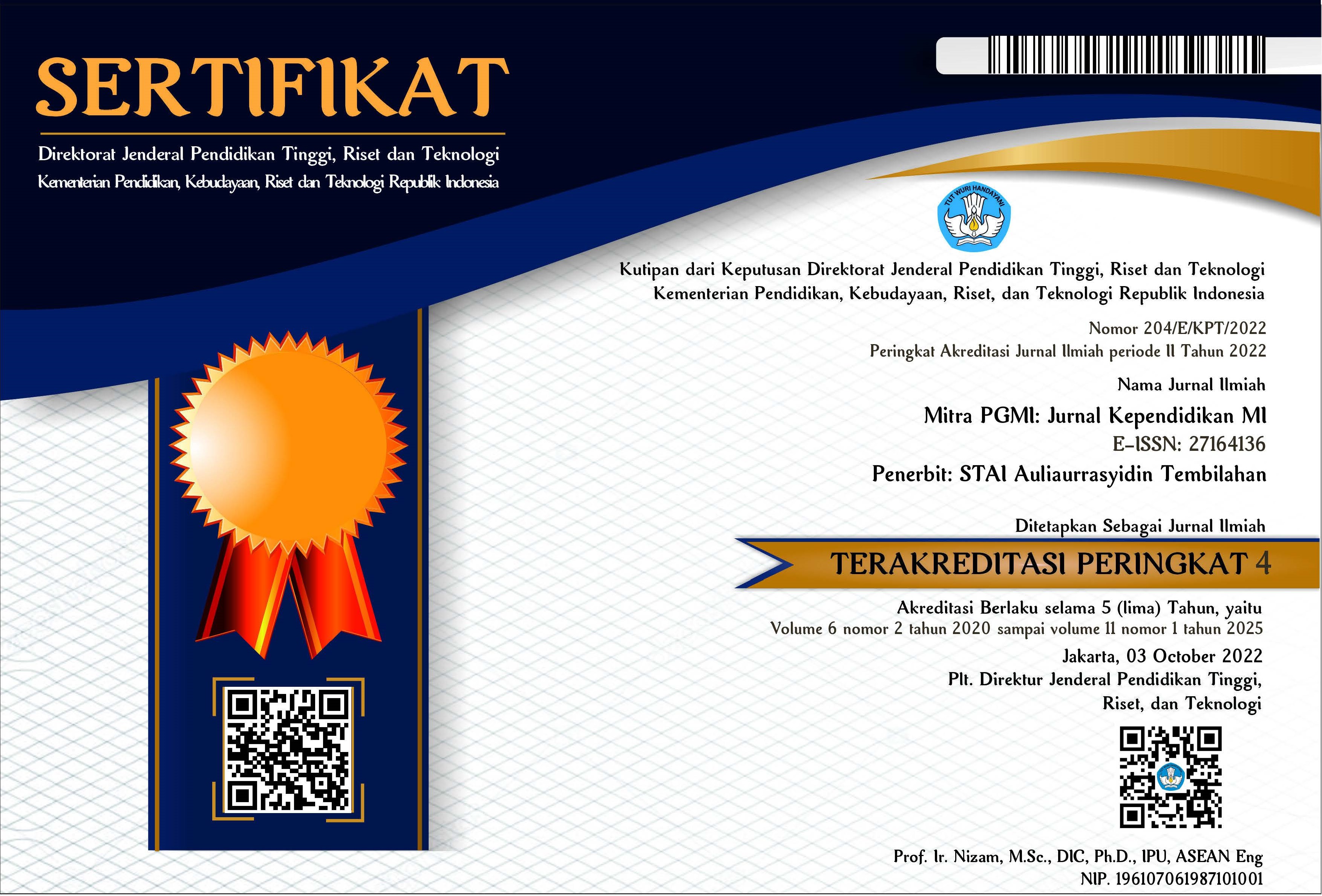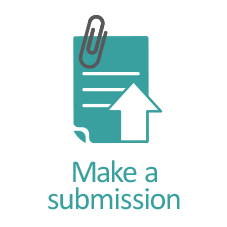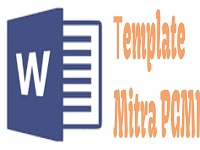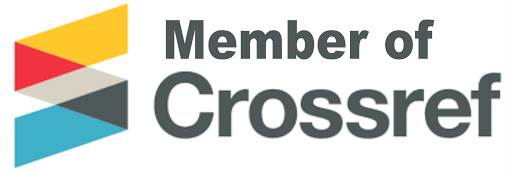Pengembangan E- Comic Education pada Mata Pelajaran Ilmu Pengetahuan Alam Materi Gaya dan Manfaatnya
DOI:
https://doi.org/10.46963/mpgmi.v8i2.525Keywords:
E- Comic Education Media, Cognitive Learning OutcomesAbstract
The purpose of the study was to determine the need for developing e- comic education learning media to improve cognitive learning outcomes for fourth grade students of MI NU Tsamrotul Wathon. The type of this research is Research and Development with ADDIE model. Data collection techniques used questionnaires, and tests. The limited scale test was carried out with 10 students and the broad scale test was carried out with 30 students. The results showed that: the results of the validation of the eligibility criteria were based on the validation media experts, material experts and practitioners. Eligibility criteria for displaying writing are 62.5% (fair enough), image eligibility 72.5% (fair enough), e-comic education media function is 91.6% (very feasible), e-comic education media benefits are 87.5%. The eligibility criteria for the content aspect are 83.92% (very feasible), the feasibility on the construction aspect is 68.75% (adequate) and the feasibility of the language aspect is 60% (fair enough). The results of the development of e-comic education media are very effective in influencing students cognitive learning outcomes as indicated by the increase in cognitive learning outcomes with α < 0,05 its mean 0.00 < 0.05. The gain test of 0.467 is in the medium category.
Downloads
References
Erlanda Nathasia Subroto, dkk. (2020). Efektivitas Pemanfaatan Komik sebagai Media Pembelajaran Matematika, Jurnal Pendidikan, 5(2). 135-141. http://dx.doi.org/10.17977/jptpp.v5i2.13156
I Made Tegeh, & I Made Kirna. (2013). Pengembangan Bahan Ajar Metode Penelitian Pendidikan dengan ADDIE Model. Jurnal IKA, 11(1). 12-26. https://doi.org/10.23887/ika.v11i1.1145
Irwandani., Siti Juariah. (2016).Pengembangan Media Pembelajaran Berupa Komik Fisika Berbantuan Sosial Media Instagram Sebagai Alternatif Pembelajaran. Jurnal Ilmiah Pendidikan Fisika Al-BiRuNi, 5(1). 33-42. https://doi.org/10.24042/jpifalbiruni.v5i1.103.
Maulana Arafat Lubis. (2018). The Development of Teaching Comicks to Improve Interest in Reading Civic Education in MIN Ramba Padang, South Tapanuli Regency, Indonesia. Budapest International Research and Critics Institute (BIRCI-Journal): Humanities, 1(3). 71-83. http://dx.doi.org/10.33258/birci.v1i3.31
Maulana Arafat Lubis. (2017). The Using of Comic as a Teaching Material in Building Character of Elementary School Students. Journal of Madrasah Ibtidaiyah Education, 1(2). 246-258. http://dx.doi.org/10.32934/jmie.v1i2.44
N. E. Ntobuo, dkk. (2018). The Development of Gravity Comic Learning Media Based on Gorontalo Culture. Jurnal Pendidikan IPA Indonesia, JPII 7(2) 246. http://journal.unnes.ac.id/index.php/jpii
Nadia Kamilah1., & Susanti. (2022). Pengembangan Media Pembelajaran Interaktif Berbasis Articulate Storyline pada Materi Administrasi Perpajakan dengan Kompetensi Dasar PPh 21 Kelas Akuntansi, Edukatif: Jurnal Ilmu Pendidikan, 4(3). 3201-3213. https://doi.org/10.31004/edukatif.v4i3.2612
Pisa. (2018). Results in Focus. (Online), https://www.oecd.org/pisa/pisa-2018-results-in-focus.pdf, diakses pada tanggal 21 Desember 2020.
Sudjana, N. & Rivai, A. (2010). Media Pengajaran. Bandung: Sinar Baru Algesindo.
Susanto, A. (2013). Teori Belajar dan Pembelajaran di Sekolah Dasar. Jakarta: Prenadamedia Group.
Turyanto, dkk. (2019). Think Pair Share With Comic For Mathematical Problem Solving Skills. Jurnal Ilmiah Pendidikan MIPA, 9(3).
http://dx.doi.org/10.30998/formatif.v9i3.3773
Wahyuningsih, A. N. (2011). Pengembangan Media Komik Bergambar Materi Sistem Saraf untuk Pembelajaran yang Menggunakan Strategi PQ4R. Jurnal PP, 1(12).102-110.
Yulianda, A. (2019). The Feasibility of Comic Media on Narrative Text Based on Local Wisdom in VII Grade Student of Junior High School (SMPN) 3 Kota Pinang. Budapest International Research and Critics in Linguistics and Education Journal, 2(3). 147-163. https://doi.org/10.33258/birle.v2i3.369
Downloads
Published
Issue
Section
License
Copyright (c) 2022 Hindun Hanifah, Maslikhah Maslikhah

This work is licensed under a Creative Commons Attribution-ShareAlike 4.0 International License.
Authors who publish with this journal agree to the following terms:
1. Copyright on any article is retained by the author(s).
2. The author grants the journal, right of first publication with the work simultaneously licensed under a Creative Commons Attribution shareAlike 4.0 International License that allows others to share the work with an acknowledgment of the work’s authorship and initial publication in this journal.
3. Authors are able to enter into separate, additional contractual arrangements for the non-exclusive distribution of the journal’s published version of the work (e.g., post it to an institutional repository or publish it in a book), with an acknowledgment of its initial publication in this journal.
4. Authors are permitted and encouraged to post their work online (e.g., in institutional repositories or on their website) prior to and during the submission process, as it can lead to productive exchanges, as well as earlier and greater citation of published work.
5. The article and any associated published material is distributed under the Creative Commons Attribution-ShareAlike 4.0 International License








2.png)


